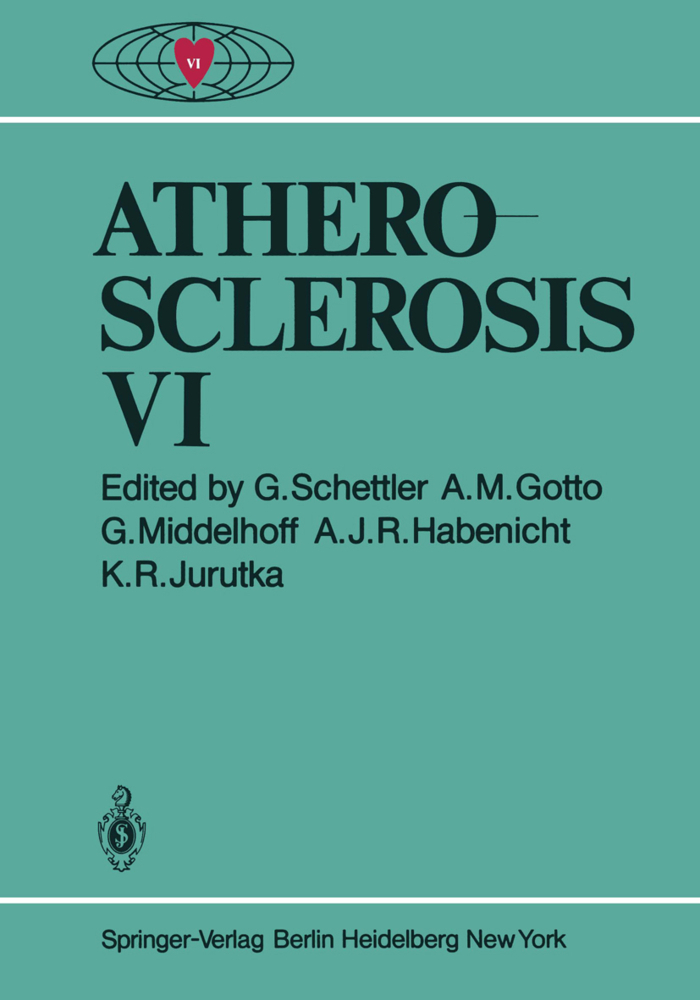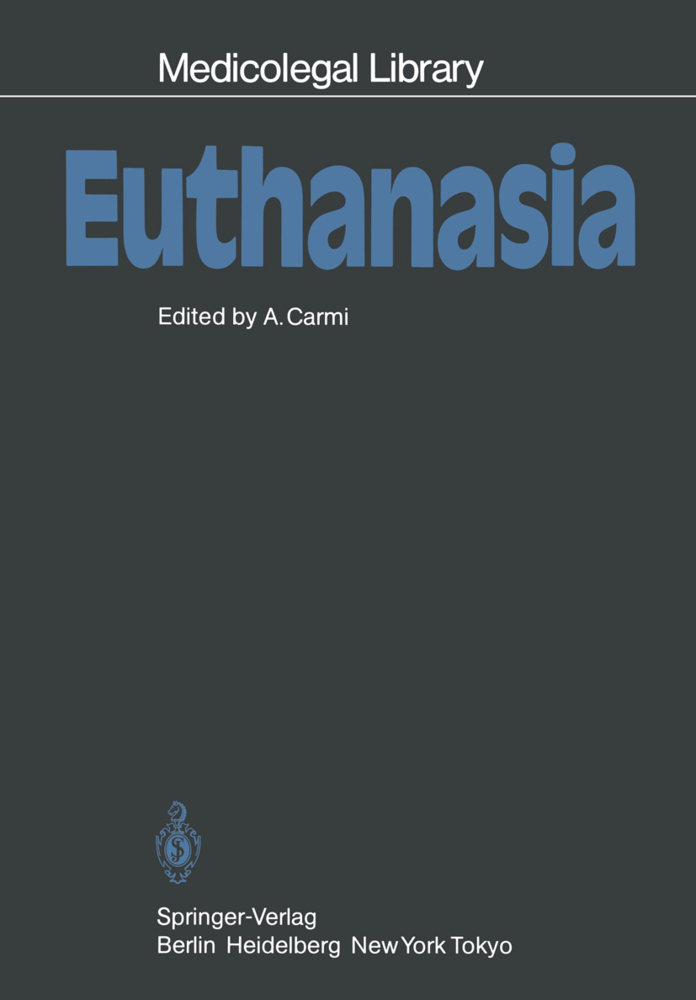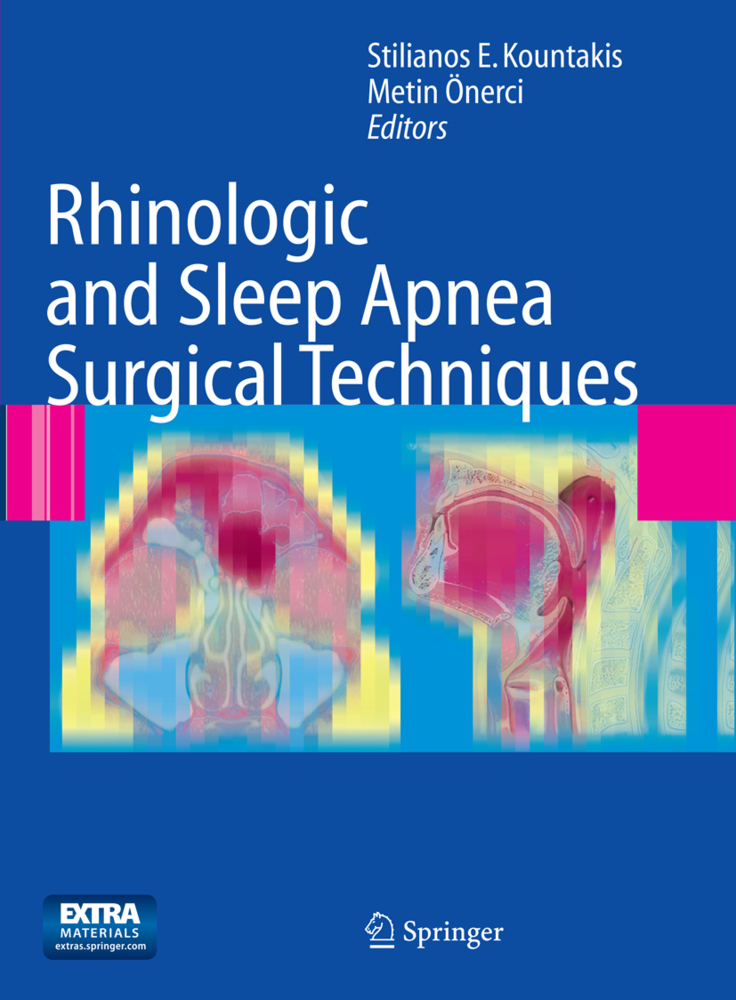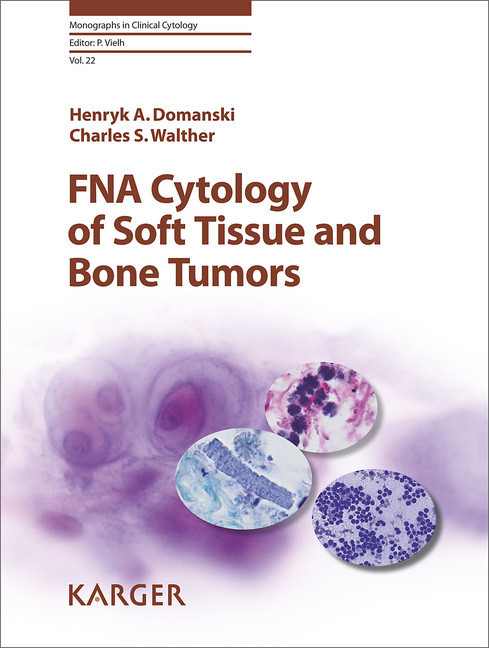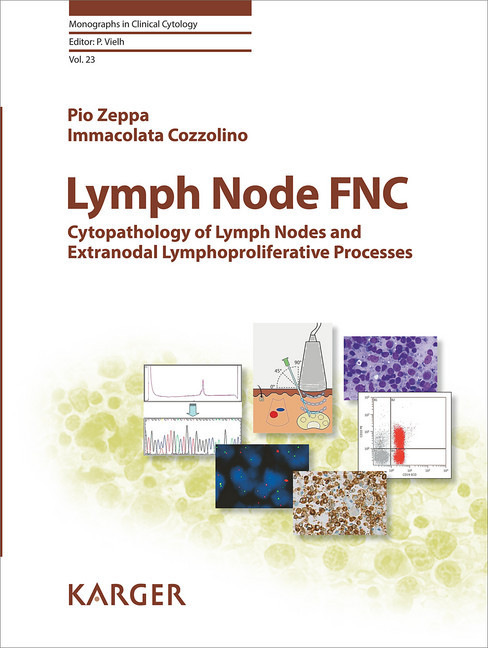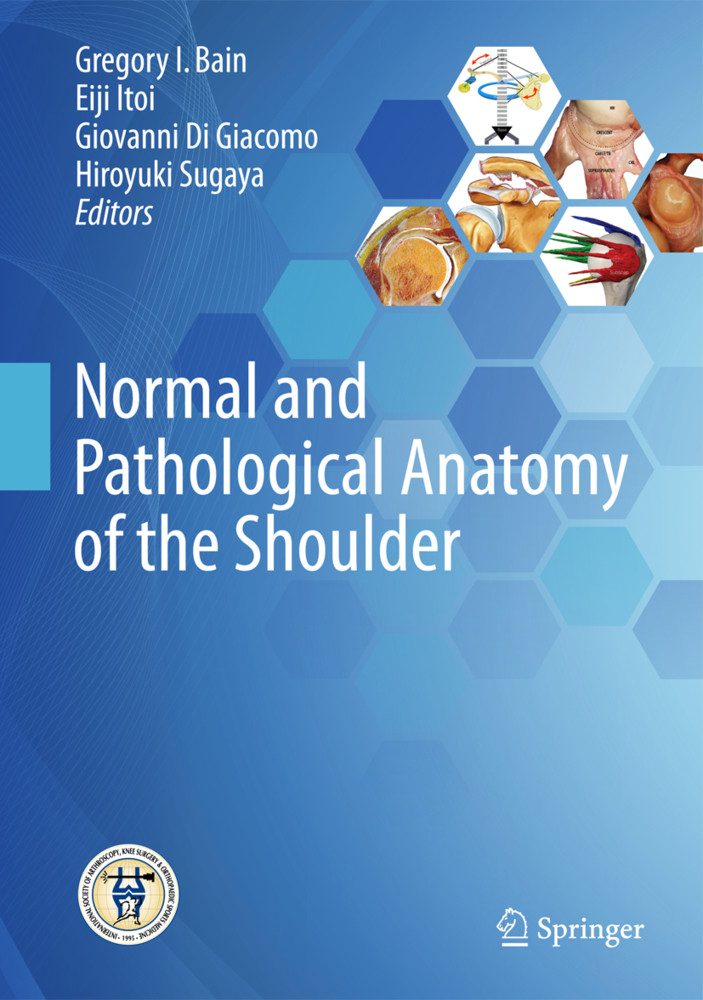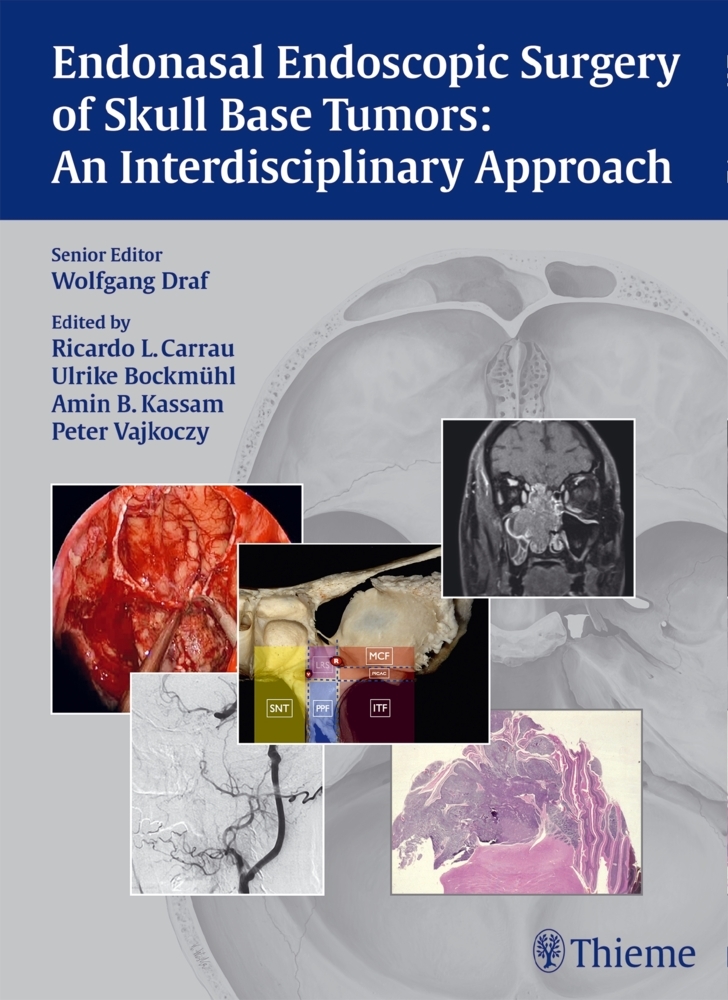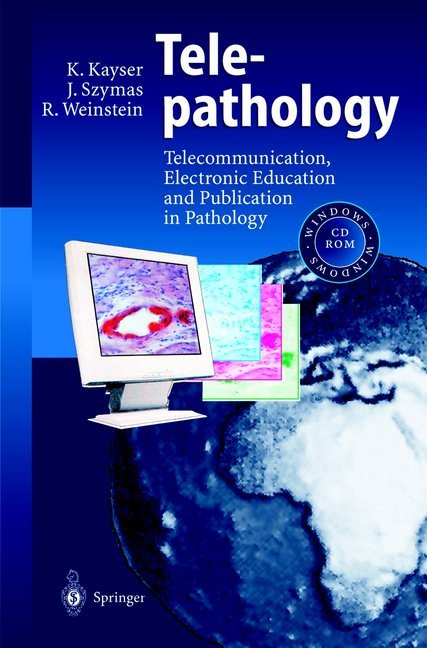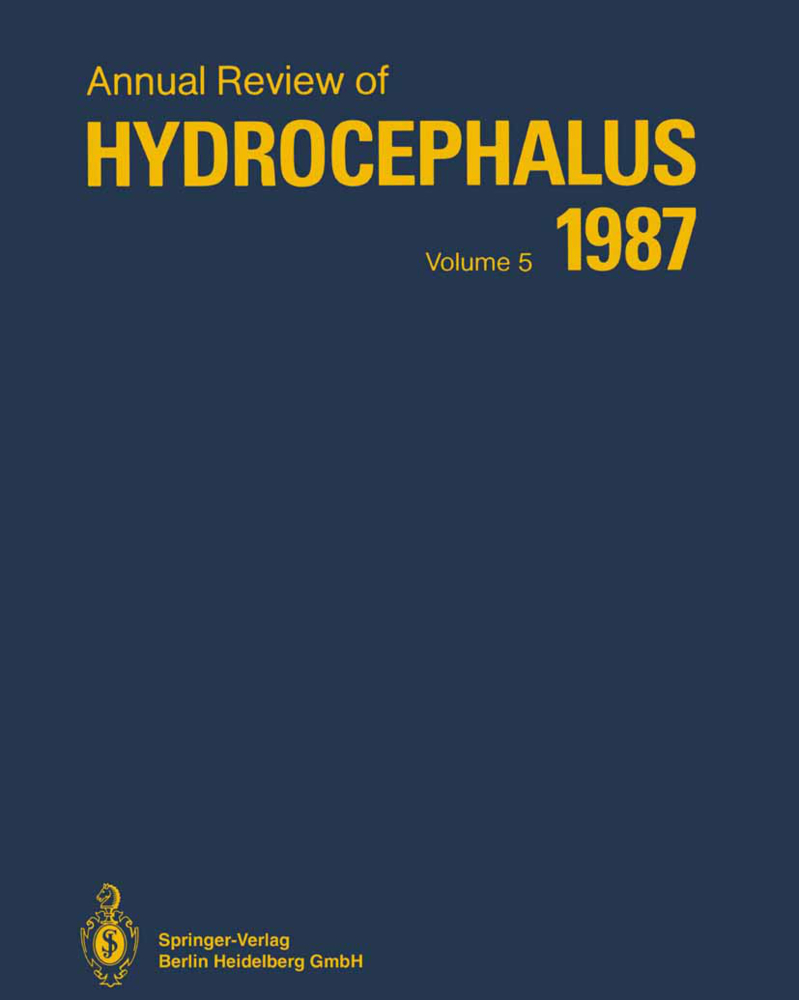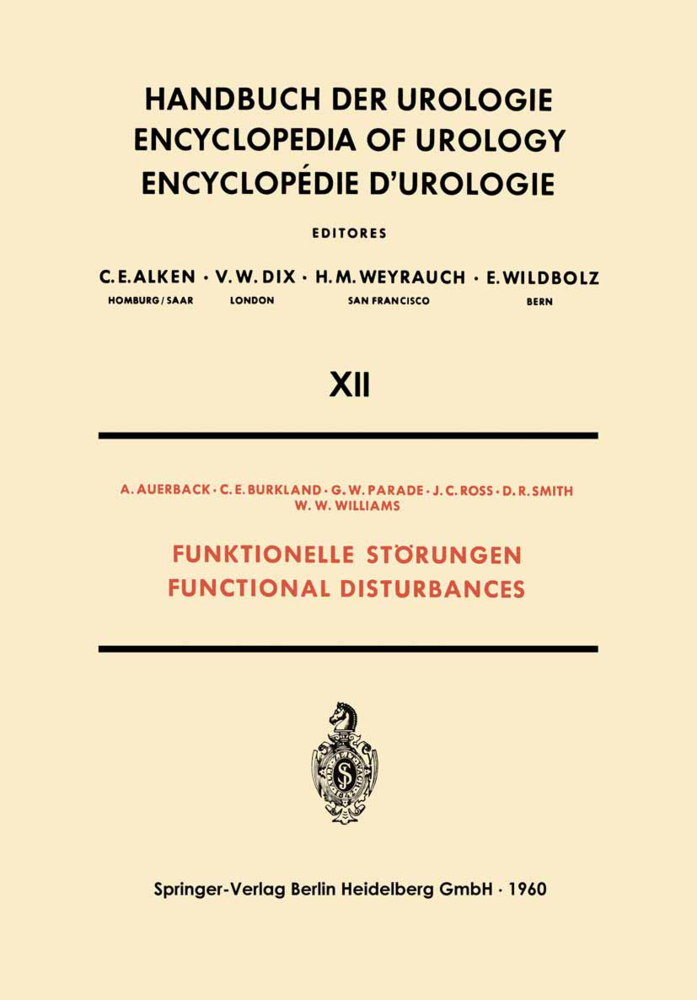Philipp Franz von Siebold and His Era
Prerequisites, Developments, Consequences and Perspectives
Philipp Franz von Siebold and His Era
Prerequisites, Developments, Consequences and Perspectives
The Dutch East Indian Company was founded about 400 years ago, and in 1641 the artificial island of Dejima in the port of Nagasaki became its base. This island represented the only bridge between Japan, at that time in self-isolation, and the European countries, the Netherlands in particular. The physician and surgeon Philipp Franz von Siebold, born in Würzburg in 1796, was appointed as factory doctor of the Dutch East Indian Company in Dejima and, later on, he made history as the scientific discoverer of Japan for the Western world. His grandfather Karl Kaspar von Siebold was the first real university surgeon in Würzburg from 1796 until 1807, and was "the prominent surgeon of Southern Germany". In commemoration of Philipp Franz von Siebold, his 200th birthday and the developments introduced by him were celebrated by various events in Nagasaki and Würzburg in 1996. The present volume casts spotlights on medicine and surgery during this time, his achievements, and his surroundings, as well as on modern developments and the relationship between Europe and Japan.
3 Karl Kaspar von Siebold
4 Karl Kaspar von Siebold and Anatomy in Würzburg
5 Philipp Franz von Siebold's Youth in Würzburg (1796-1820)
6 Siebold as a Surgeon, Physician and Medical Teacher in Japan
7 On the Trail of the Siebold Family in Würzburg
8 Philipp Franz von Siebold and His Influence on the Cultural Development of Japan
9 The Activities of Philipp Franz von Siebold During His Second Stay in Japan, Particularly His Diplomatic Activities in Nagasaki, Yokohama and Edo
10 Siebold the Research Manager
11 German Medicine in Japan
12 German Physicians in Japan: Personal, Medical and Cultural Characteristics
13 The Relationship Between Japan and Germany in Medicine: Mutual Stimulation
14 History, Present State and Future Perspectives of European - Japanese Cooperation in Culture, Economy and Science
15 The Siebold Palais in Würzburg, a Memorial and Visionary Place
16 Philipp Franz von Siebold and His Era - Future Perspectives: Academic Cooperation and Exchange Between the Medical Faculties of the Universities of Würzburg and Leiden and Nagasaki University Medical School
17 Closing Remarks
18 Remarks on the Future.
1 Introduction
2 Prerequisites for the Reintegration of Surgery into Academic Medicine Before 18503 Karl Kaspar von Siebold
4 Karl Kaspar von Siebold and Anatomy in Würzburg
5 Philipp Franz von Siebold's Youth in Würzburg (1796-1820)
6 Siebold as a Surgeon, Physician and Medical Teacher in Japan
7 On the Trail of the Siebold Family in Würzburg
8 Philipp Franz von Siebold and His Influence on the Cultural Development of Japan
9 The Activities of Philipp Franz von Siebold During His Second Stay in Japan, Particularly His Diplomatic Activities in Nagasaki, Yokohama and Edo
10 Siebold the Research Manager
11 German Medicine in Japan
12 German Physicians in Japan: Personal, Medical and Cultural Characteristics
13 The Relationship Between Japan and Germany in Medicine: Mutual Stimulation
14 History, Present State and Future Perspectives of European - Japanese Cooperation in Culture, Economy and Science
15 The Siebold Palais in Würzburg, a Memorial and Visionary Place
16 Philipp Franz von Siebold and His Era - Future Perspectives: Academic Cooperation and Exchange Between the Medical Faculties of the Universities of Würzburg and Leiden and Nagasaki University Medical School
17 Closing Remarks
18 Remarks on the Future.
Thiede, A.
Hiki, Y.
Keil, G.
| ISBN | 978-3-662-04003-4 |
|---|---|
| Artikelnummer | 9783662040034 |
| Medientyp | Buch |
| Copyrightjahr | 2013 |
| Verlag | Springer, Berlin |
| Umfang | XI, 198 Seiten |
| Abbildungen | XI, 198 p. 47 illus. |
| Sprache | Englisch |


